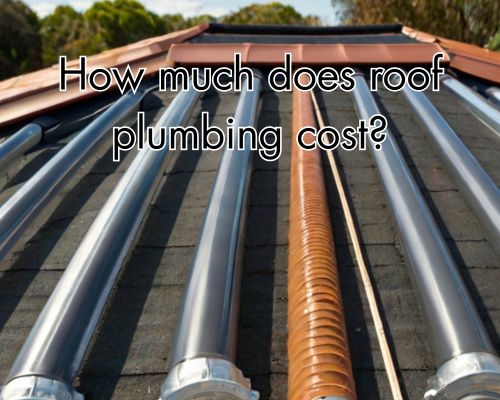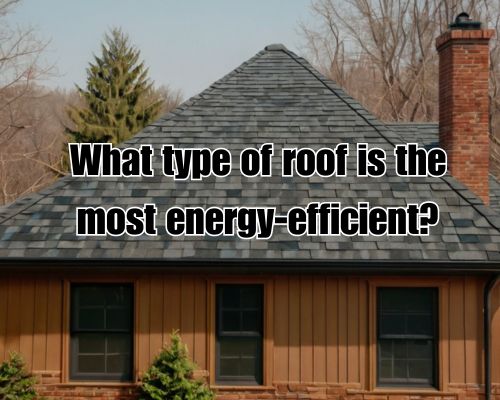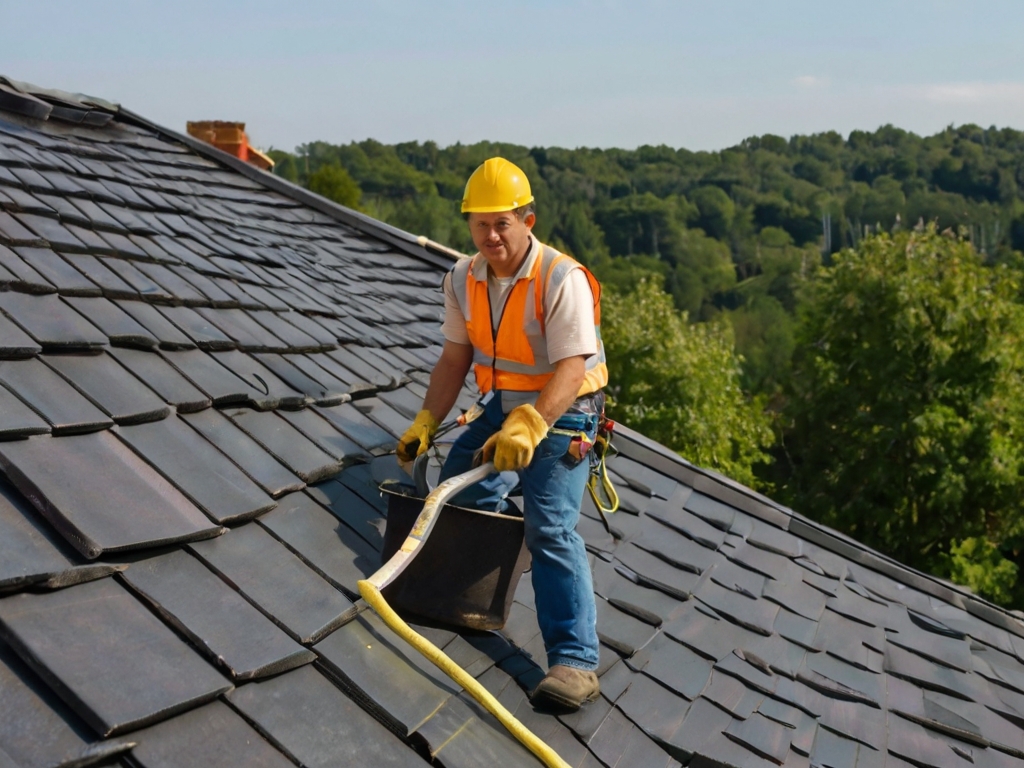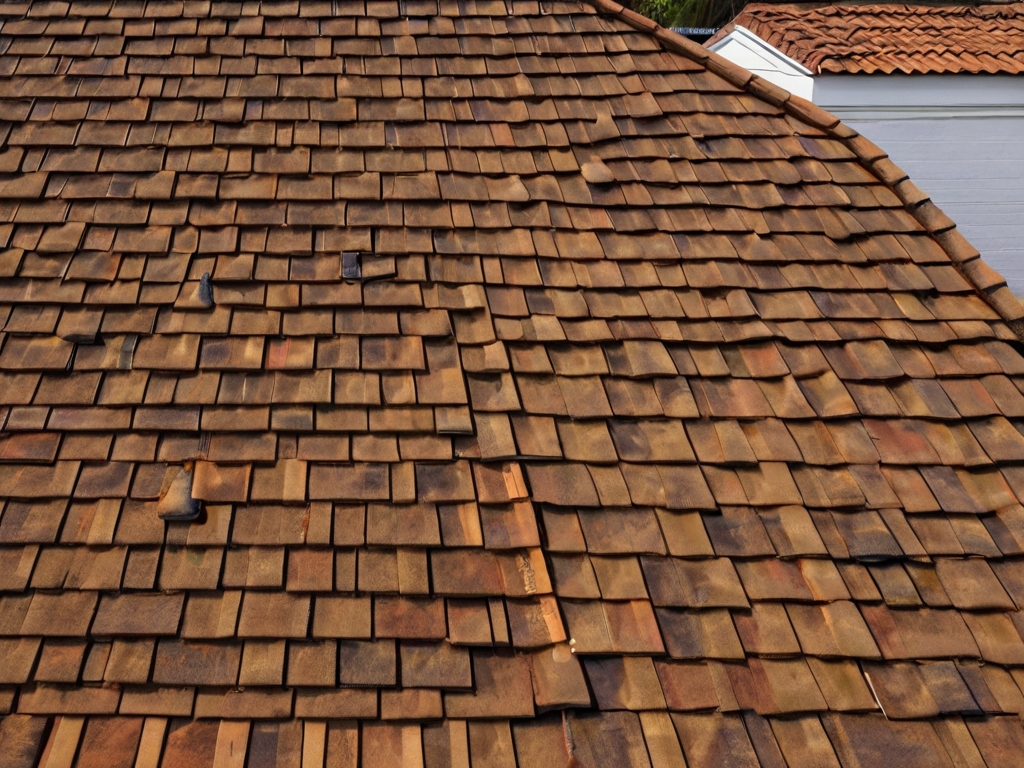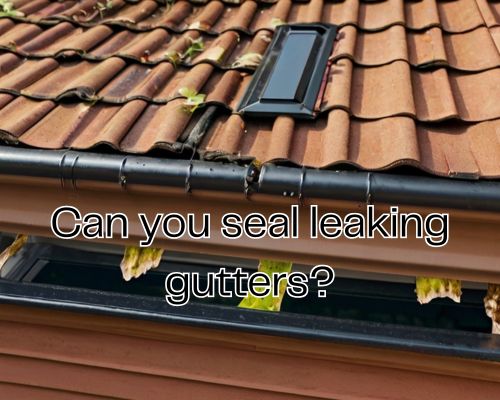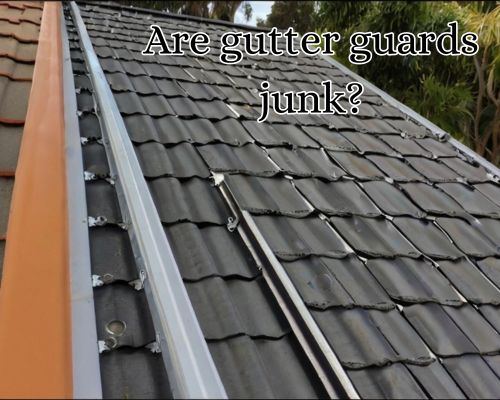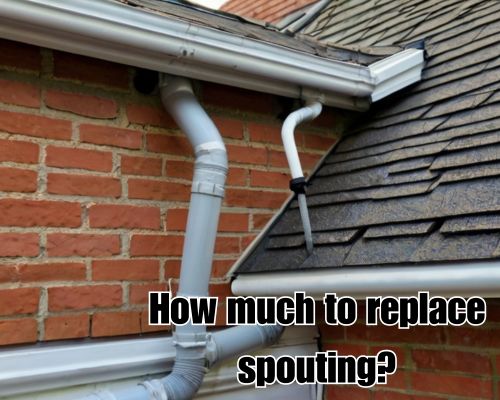What Is the Problem with Roof Drainage?
What Is the Problem with Roof Drainage?
When it comes to maintaining the structural integrity and livability of a property, one commonly overlooked yet critical aspect is roof drainage. Homeowners and property managers in Melbourne, Australia, often find themselves facing subtle but costly issues stemming from improper roof drainage systems. From water damage and mould to foundational instability, the problems linked with poor roof drainage are as extensive as Melbourne’s unpredictable weather patterns.
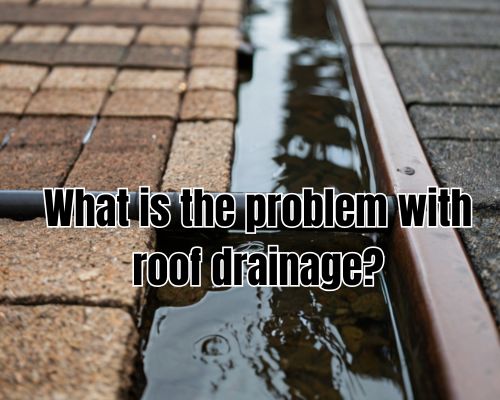
With Gutter Cleaning Melbourne, we’ll unpack the real issues behind roof drainage failures, explores how Melbourne’s climate exacerbates them, and explains what can be done to protect homes, businesses, and investments from unnecessary water damage. Whether you’re a homeowner in Carlton, a builder in Mornington, or a commercial property owner in St Kilda, understanding these roof drainage challenges is vital.
🔎 Why Roof Drainage Matters in Melbourne
Melbourne is renowned for its rapidly changing weather, often experiencing “four seasons in one day.” This volatility means that roofs need to be especially well-prepared to manage everything from sudden downpours to persistent drizzle. Efficient roof drainage systems are essential to divert rainwater away from the structure, prevent pooling, and protect both external and internal building elements.
Here’s where problems begin—when roof drainage fails to work correctly, that water ends up where it shouldn’t be.
🌧️ Common Problems with Roof Drainage Systems
1. Blocked Gutters and Downpipes
The number one issue affecting roof drainage is gutter blockage. In leafy Melbourne suburbs such as Kew, Brighton, and Eltham, it’s common for gutters to become clogged with gum leaves, twigs, and even nesting materials from birds or rodents. Blocked gutters prevent water from flowing freely and can lead to:
- Water overflow
- Damage to fascia boards
- Roof leaks
- Pooled water around the foundation
Local Insight: Property owners near Yarra Bend Park and the Dandenong Ranges are especially vulnerable due to dense vegetation.
2. Inadequate Roof Pitch or Design
Some older homes in Melbourne’s inner suburbs like Fitzroy and Brunswick have flat or low-pitched roofs. These architectural styles, while aesthetically unique, often lack the gravitational pull required for efficient drainage. Water tends to pool, increasing the risk of roof deterioration and interior leaks.
3. Poor Downpipe Placement
Even with functional gutters, if downpipes are improperly positioned or insufficient in number, water won’t be channelled away effectively. Water can accumulate on certain sections of the roof or pour over gutter edges, damaging landscaping and structural elements.
4. Improper Gutter Sizing
Gutters that are too small for the roof size or rainfall intensity are bound to overflow. This is particularly relevant in Melbourne, where intense downpours can overwhelm inadequately sized systems. According to Australian Standards (AS/NZS 3500), gutter capacity must be matched to local rainfall intensity—a critical detail that’s often missed in DIY installations.
5. Neglected Roof Plumbing
Many property owners don’t consider roof plumbing as a key part of building maintenance. Yet, components like flashing, overflows, and scuppers play a major role in directing water safely off and away from the structure. Neglected or poorly installed roof plumbing can cause water ingress and internal ceiling damage.
🏠 The Real-World Consequences of Poor Roof Drainage
- Internal Water Damage
Water that seeps past faulty roof drainage can make its way into ceiling cavities, walls, and insulation. Over time, this leads to:- Peeling paint
- Sagging ceilings
- Musty smells
- Electrical faults
- Mould and Mildew Growth
Moisture accumulation creates the perfect breeding ground for mould and mildew, which pose health risks, especially to those with asthma or allergies. - Foundation Erosion
Water pooling around a home’s base can cause soil erosion and compromise the stability of concrete slabs, particularly in clay-rich areas like Clayton and Werribee. - Roof Structural Damage
Timber rafters and roof battens can become waterlogged and rot, leading to long-term structural issues that are expensive to repair.
🧰 Fixing Roof Drainage Issues in Melbourne
✅ Gutter Guard Installation
For Melbourne homes, installing gutter guards is one of the most effective ways to prevent blockages. Brands like Leaf Free or Guttermesh are popular choices in the region. These systems keep leaves out while letting water in.
✅ Regular Gutter Cleaning
Experts recommend having your gutters cleaned at least twice a year, especially in autumn and spring. If your property is near parks or wooded areas, consider quarterly cleanings.
✅ Correcting Roof Slope and Design
A roofing specialist in Melbourne can assess whether your roof pitch is adequate. Retrofitting may involve:
- Installing tapered insulation
- Adding additional drainage points
- Re-sloping sections for improved runoff
✅ Upgrading Gutters and Downpipes
Many Melbourne roofing contractors now offer Colorbond steel gutters, which are corrosion-resistant and come in various profiles. When upgrading, ensure:
- Downpipes match your gutter capacity
- Drainage complies with Victorian Building Authority (VBA) regulations
✅ Consulting a Licensed Roof Plumber
In Victoria, roof drainage systems must be installed or modified by licensed roof plumbers, not general tradesmen. A licensed plumber ensures all aspects—from guttering to stormwater drainage—are code compliant.
🏙️ Local Expertise Matters
In Melbourne, roofing and drainage challenges can vary suburb to suburb. For example:
- Elwood and Port Melbourne may need marine-grade materials due to salty air.
- Ferntree Gully and Belgrave homes need robust systems to handle heavy leaf fall and steep roofs.
- Essendon and Glen Waverley homes may benefit from integrated stormwater retention systems due to dense suburban runoff.
Working with local roofing companies familiar with Melbourne City Council drainage requirements and planning overlays is crucial for getting compliant and long-lasting results.
🔍 SEO-Focused Summary and Takeaways
- Focus Keyword: What is the problem with roof drainage?
- LSI & Related Terms: Gutter overflow, blocked downpipes, Melbourne roof leaks, water pooling, roof plumbing, gutter guard, drainage design, local roofing experts
- Location Specifics: Melbourne, Victoria suburbs including Brighton, Brunswick, Werribee, Ferntree Gully, Glen Waverley
- Salient Entities: Colorbond, Victorian Building Authority, Yarra Bend Park, Leaf Free, Australian Standards AS/NZS 3500
🧠 Final Thought
So, what is the problem with roof drainage? In Melbourne, the answer lies in a mix of poor maintenance, outdated designs, and failure to adapt to local environmental conditions. With consistent inspection, smart upgrades, and the help of experienced local professionals especially from Gutter Cleaning Melbourne, most of these issues are preventable.
In a city where the skies can turn from sunshine to storm in minutes, don’t let a clogged gutter or misaligned downpipe turn into a waterlogged nightmare. A properly functioning roof drainage system isn’t just about protecting your home—it’s about protecting your peace of mind.
Need help with your roof drainage in Melbourne? Reach out to licensed local roof plumbers who understand the terrain, climate, and compliance standards. Prevention is always cheaper than restoration.

